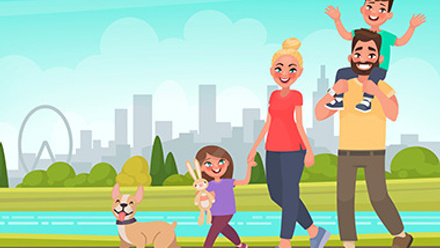The five essential elements of an inclusive approach to reward communications

Crafting good communications doesn’t need to be daunting, but one thing that we must keep in mind is how your story is going to reach and be understood across your entire workforce. Here are five elements to consider to help you create an inclusive approach to your reward communications:
1. Audience
The first step is understanding your audience. Think about the demographics of your workforce. For most organisations it will be fairly diverse – whether that’s in terms of age, gender, ethnicity or disability. With so many individual needs, you need to make sure that your reward communications are flexible and adaptable.
2. Variety
Inclusive communication requires a multi-channel approach, spanning across digital and offline methods. Communication methods that work for older workers, might not be so engaging for younger workers. And different abilities can also require varied messaging or ways to access those messages. Variety is key to being able to reach the most people, most effectively.
3. Personalisation
Communication should be a personal experience. It’s now so easy to customise communications with names and personal details, which is so much more engaging than generic messaging. It’s also important to take account of language. For employees who are not native English speakers (either locally or globally), making the effort to use their language will help them to feel included.
4. Testing
Ensure you test your communication plans. Using an employee representative group can be a great way to do this. Testing your reward communications allows to you identify where and why your story is not being understood or received in the intended way. Most importantly, this means you can refine your communications before launching them to the workforce.
5. Consistency
Research from our Health and Wellbeing Benefits Guide (2017) shows that more than half of organisations communicate with their employees about benefits on less than a quarterly basis. It’s really important to be consistent with reward communication, so that reward stays top of mind for employees. Consistency also means that there is better chance that your messages will be seen over time, and by as many employees as possible.
Your guide to effective communication
We’ve put together this guide to creating an effective communications plan, including a checklist of dos and don’ts to be aware of, to help you craft compelling and engaging communications for your whole workforce.
This article is provided by Simplyhealth
Supplied by REBA Associate Member, Simplyhealth
Our health plans make it easy for people to maintain their health&wellbeing.







